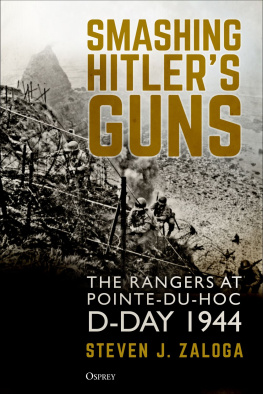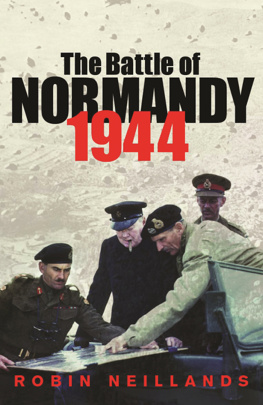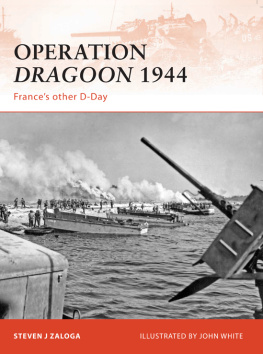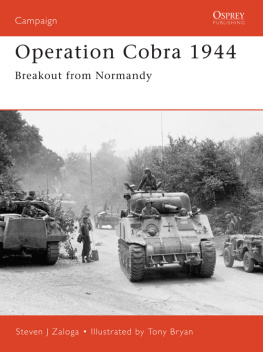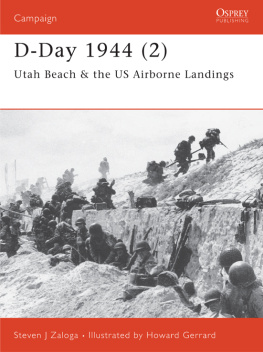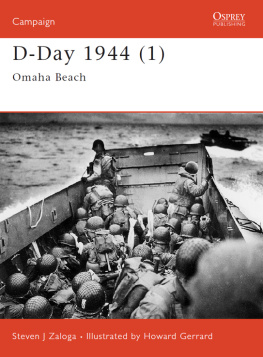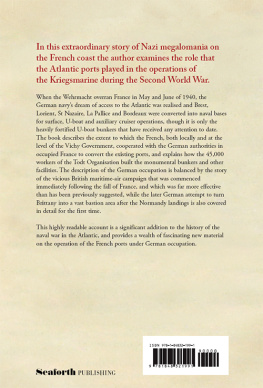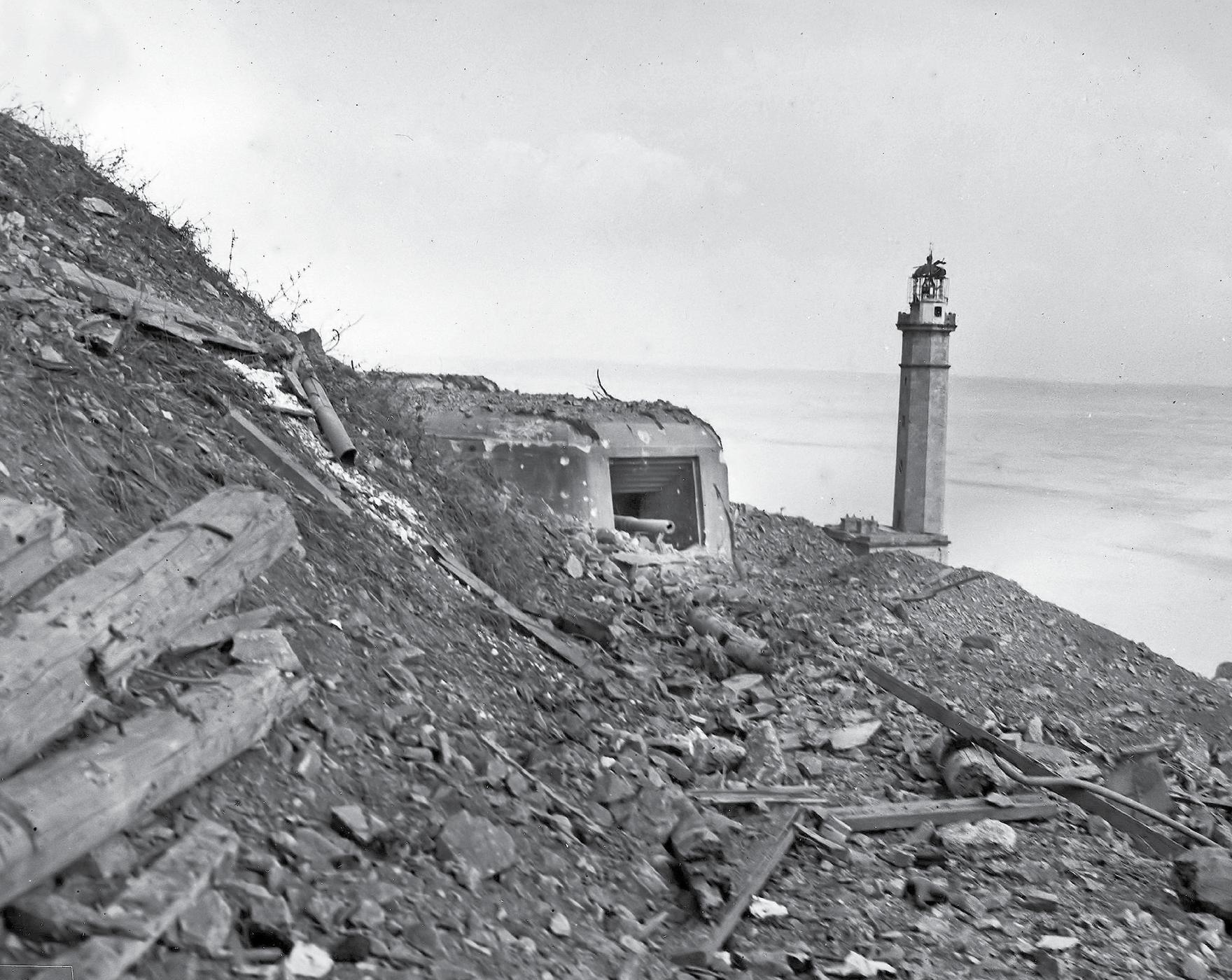The subsequent race into Brittany in August 1944 was one of the fastest mechanized advances of the 1944 campaign. Within days, US units were on the doorstep of the ports of Brest, Saint-Nazaire and Lorient. Yet no sooner did Pattons Third US Army arrive in Brittany than doubts began to arise about the validity of its mission. The Germans had demolished the port facilities in Cherbourg in June 1944 and were likely to do the same in the Breton ports. This would cause months of delays in opening the ports. The collapse of the Wehrmacht in Normandy in August 1944 raised the issue of whether Pattons forces would be better employed heading eastward towards the Seine River and Paris. The capture of ports further east, notably Le Havre, Boulogne, and Antwerp, would be closer to the Allied front-lines and therefore more efficient from a logistical standpoint. In the event, only a single corps was left behind to lay siege to Brest while the rest of the Third US Army switched directions eastward in one of the most consequential developments of the summer campaign.
From Berlins perspective, August 1944 was a month of defeat and despair. The Wehrmacht in Normandy was in retreat. Following the second D-Day Operation Dragoon in southern France Hitler authorized the withdrawal of the remaining German field armies in western, central and southern France. There was one exception. The garrisons of the Breton ports were declared to be Festung (Fortress), which in Hitlers vocabulary meant that they would be defended to the death.
Brest was subjected to a costly four-week siege operation in AugustSeptember 1944 before being liberated. Eisenhower decided against the waste of any troops to capture the other Festung ports, and they were to be left to rot on the vine. In the event, the French government began to petition Eisenhower to accelerate their liberation. Plans were initiated in early 1945 to liberate the Festung ports. This began in April 1945 at Royan on the Gironde estuary, but the heavy loss of civilian life led to a reconsideration of these schemes. The remaining Festung ports remained in German hands until after the capitulation of Nazi Germany in May 1945, remaining Hitlers last bastions in France.
The Breton ports were heavily fortified in 194344 as part of the Atlantic Wall program. This is an R699 gun casemate of 6./MAA 262 armed with a war-booty 152mm K15/16(t) gun near the Phare du Portzic lighthouse on the coast southwest of Brest.
CHRONOLOGY
1944
June 6
D-Day invasion of Normandy.
June 15
Middletons VIII Corps activated in France.
June 18
SAS Camp Dingson is attacked and cleared by German security forces.
July 25
Operation Cobra break-out begins.
July 28
7. Armee orders the 84. Armee Korps to withdraw.
July 28
VIII Corps liberates Coutances.
July 31
Armored spearheads of VIII Corps in Avranches.
August 1
Pattons Third US Army activated in France.
August 1
4th Armored Division secures bridges near Avranches and Pontaubault.
August 1
4th Armored Division reaches Rennes, capital of Brittany.
August 2
BBC broadcasts the signal to initiate full-scale guerilla war in Brittany.
August 2
Luftwaffe starts night bomber attacks on bridges around Pontaubault.
August 3
At 2300hrs, the German garrison in Rennes is authorized to retreat.
August 4
13th Infantry Regiment, 8th Division, liberates Rennes.
August 5
6th Armored Division encounters 2. Fallschirmjger-Division around Carhaix and Huelgoat.
August 6
6th Armored Division reaches outskirts of Brest.
August 6
83rd Division begins attacking Saint-Malo
August 7
CCB 4th Armored Division reaches Lorient.
August 7
Operation Lttich offensive stalls in Mortain.
August 12
Ramcke assigned as commander of Festung Brest.
August 13
4th Armored Division directed eastward towards the Seine River.
August 13
Ramcke orders evacuation of civilians from Brest.
August 17
Saint-Malo commander Aulock surrenders at Zitadelle.
August 21
Task Force B begins advance on Armorique/Daoulas Peninsula.
August 25
VIII Corps starts offensive against Brest.
August 27
Crozon peninsula cut off by Task Force B.
August 30
Task Force Sugar begins attack in Le Conquet sector.
September 1
Planned completion of Brest offensive.
September 2
German garrison on Czembre Island surrenders.
September 5
VIII Corps transferred to command of Ninth US Army.
September 8
VIII Corps resumes full-scale offensive at Brest after ammunition re-supply arrives.
September 8
2nd Rangers capture Batterie Graf Spee and sector commander.
September 14
2nd Infantry Division reaches old city ramparts of Brest.
September 14
Attack begins on Fort Montbarey.
September 16
Fort Montbarey captured by 29th Division.
September 16
After dark, Ramcke and staff escape Brest to Crozon Peninsula.
September 18
Brest garrison surrenders.
September 19
Ramcke surrenders on Crozon Peninsula.
1945
October 4
VIII Corps transferred from Brittany to the Ardennes.
March 25
Fifteenth US Army takes over the containment of Breton ports.
April 15
French forces begin Operation


